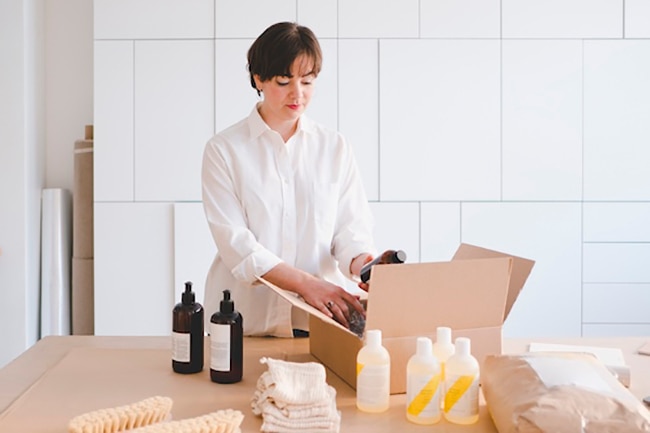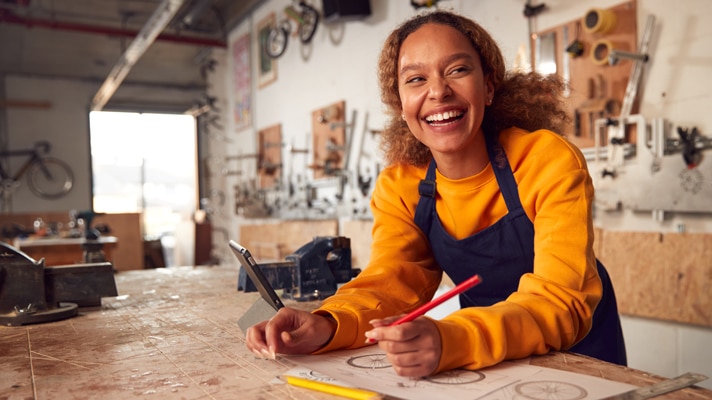When it comes to your business, what makes a customer buy? There’s the cost, of course. They probably also give some weight to your reputation and your reviews. But, there’s another reason that’s top of mind for today’s consumers: environmental impact.
Many consumers think it’s important to buy from companies that are socially or environmentally responsible.
This means that being more eco-friendly has also become a point of emphasis for small business owners. They can win over customers, while simultaneously reducing their negative environmental impact by practicing sustainable design.
















